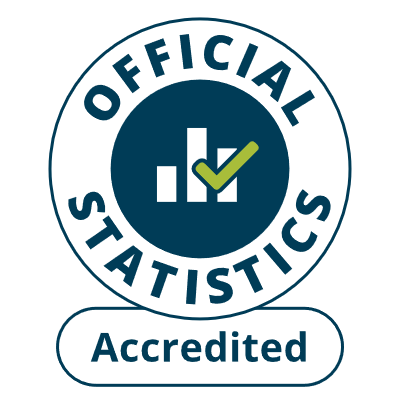
 Victimisation, perceptions and drug misuse in Wales by year
Victimisation, perceptions and drug misuse in Wales by year
Archived (English only) – No longer updated.
None
|
|||||||||||||||||||||||||||||||||||||||||||||||||||||||||||||||||||||||||||||||||||||||||||||||||||||||||||||||||||||||||||||||||||||||||||||||||||||||||||||||||||||||||||||||||||||
Metadata
British Crime Survey (BCS) Victimisation, Perceptions and Drug Misuse in Wales (Year, Offence, Police force area)
SJ&E
Last Updated: July 2009
Added to StatsWales: March 2009
Next Update: No longer updated.
Source: Home Office, British Crime Survey from Crime in England and Wales and Drug Misuse Declared publications
Contact: stats.inclusion@wales.gsi.gov.uk
Added to StatsWales: March 2009
Next Update: No longer updated.
Source: Home Office, British Crime Survey from Crime in England and Wales and Drug Misuse Declared publications
Contact: stats.inclusion@wales.gsi.gov.uk
Crime






 2001-02
2001-02
